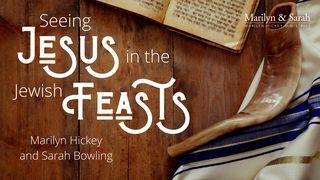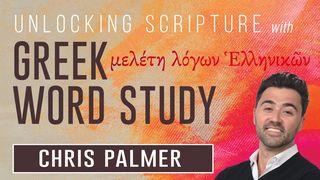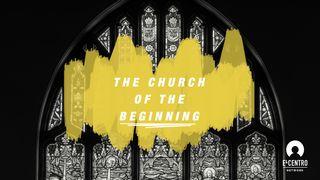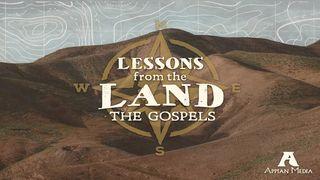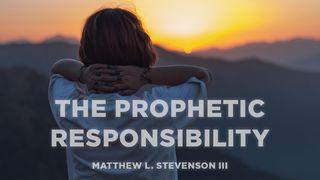An In-Depth Study On Messianic ProphecySample
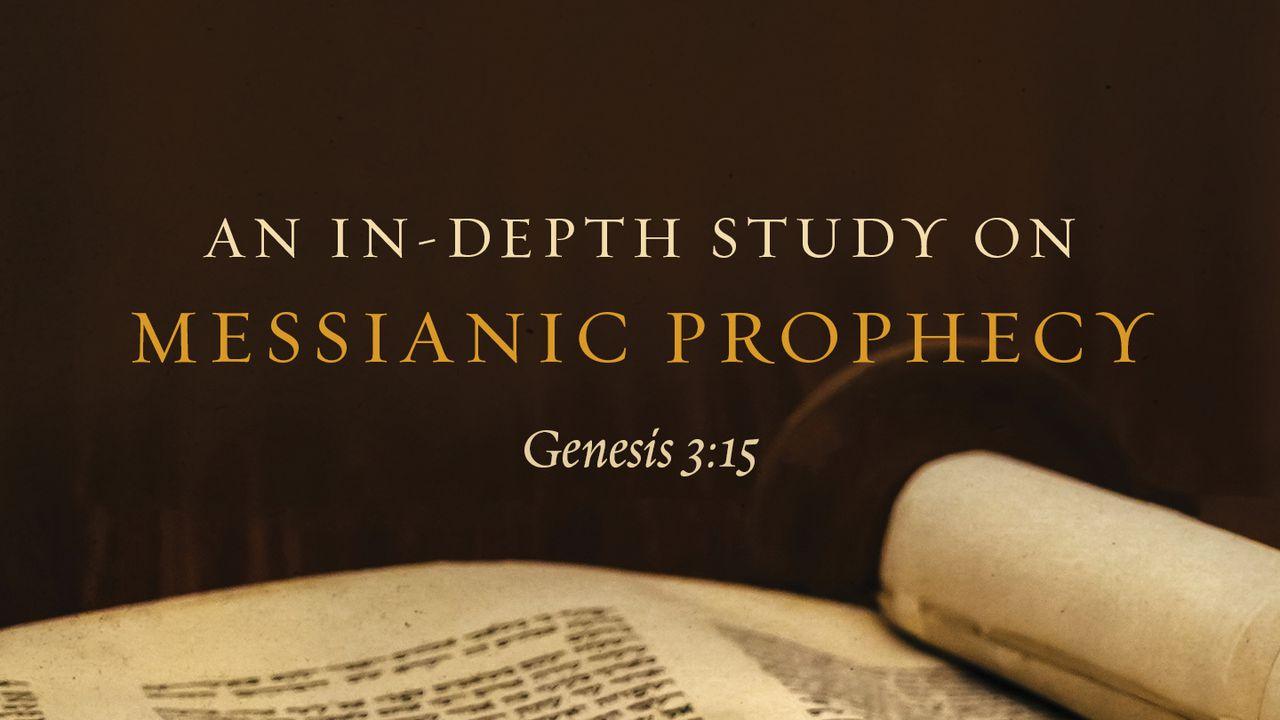
COMPARING THE FALL NARRATIVE AND JACOB’S BLESSINGS
The story line of Genesis leads us from the seed of the woman through Isaac and Jacob, and to Jacob’s 12 sons, and all along the way anticipates a future victory over Israel’s enemies through a particular seed (Gn 3:15; 4:25; 9:26; 12:3; 22:17; 24:60; 27:29). The patriarchal narratives conclude with a large poetic blessing in Gn 49, where we find that the acorn of the story of redemption in Gn 3:15 blossomed into a final eschatological victory. Jacob gathered his 12 sons and declared to them what will happen in “the days to come” (Gn 49:1). John Sailhamer notes the significance of Jacob’s “last day” blessing within its larger literary context when he writes,
At three macrostructural junctures in the Pentateuch, the author has spliced a major poetic discourse onto the end of a large unit of narrative (Ge 49; Nu 24; Dt 31). A close look at the material lying between and connecting the narrative and poetic sections reveals the presence of a homogeneous compositional stratum. It is most noticeably marked by the recurrence of the same terminology and narrative motifs. In each of the three segments, the central figure (Jacob, Balaam, Moses) calls an audience together (imperative: Ge 49:1; Nu 24:14; Dt 31:28) and proclaims (cohortative: Ge 49:1; Nu 24:14; Dt 31:28) what will happen (Ge 49:1; Nu 24:14; Dt 31:29) in “the end of days” (Ge 49:1; Nu 24:14; Dt 31:29).
In the context of this end-time blessing, Jacob prophesied the coming of a king from the tribe of Judah who will triumph over Israel’s enemies and restore the paradisiacal blessing to all nations (Gn 49:8-12). The later OT prophets identify this king in Jacob’s blessing as the Messiah.
CONCLUSION
This article began by noting the tendency of recent scholarship to reject the messianic interpretation of Gn 3:15 in favor of an etiological explanation. The purpose of Gn 3:15, it is claimed, is to explain why people and snakes hate each other. Others have opted for a more symbolic explanation, wherein Gn 3:15 explains the never- ending conflict between the forces of good and evil. The messianic interpretation, it is further claimed, is more allegorical than exegetical. NET notes on Gn 3:15 are quite explicit on this point when they write:
Many Christian theologians (going back to Irenaeus) understand v. 15 as the so-called protevangelium, supposedly prophesying Christ’s victory over Satan. . . . In this allegorical approach, the woman’s offspring is initially Cain, then the whole human race, and ultimately Jesus Christ, the offspring (Heb “seed”) of the woman (see Gal 4:4). The offspring of the serpent includes the evil powers and demons of the spirit world, as well as those humans who are in the kingdom of darkness (see Jn 8:44). According to this view, the passage gives the first hint of the gospel. Satan delivers a crippling blow to the Seed of the woman (Jesus), who in turn delivers a fatal blow to the Serpent (first defeating him through the death and resurrection [1Co 15:55-57] and then destroying him in the judgment [Rev 12:7-9; 20:7-10]). However, the grammatical structure of Gn 3:15b does not suggest this view.
We have demonstrated that the messianic interpretation of Gn. 3:15 is not allegorical as the critics claim, but rather based on a close reading of the text. The non-messianic interpretation of this verse, on the other hand, is far more difficult to defend and suffers from an atomistic focus on a verse completely alienated from its literary context. Once we notice the network of strategic parallels and allusions to Gn 3:15 in Gn 1–11, we see that the serpent is identified as the parent of all evil, its seed as those who are hostile to the redemptive purposes of God, and the seed of the woman as a divinely chosen line, the culmination of which is a king from the tribe of Judah who will come in the last days. Though the text in Genesis does not explicitly identify the serpent as the devil, its literary trajectory clearly leads to the interpretation we find in Rev 12 where that identification is made. Therefore, we completely agree with Michael Rydelnik when he writes,
A more likely explanation is that the author of the Torah offered a hint of a coming redeemer in Gn 3:15 and then used the rest of the Pentateuch to identify Him as the future Messiah. Later Old Testament writers also recognized the seed as the future deliverer and referred to Gn 3:15 as a messianic text.
Note from the Publisher: We hope that you have been edified by this 5-day study in Genesis. If you enjoyed the content, learned from this study, and would like to read more go ahead and check out the other 84 passages compiled in The Moody Handbook Of Messianic Prophecy. You can pick up a copy at moodypublishers.com
Scripture
About this Plan

Does Jesus exist only in the New Testament? Can we confidently say Jesus was the messiah spoken of in the Old Testament? This 5 day, in depth study will plunge into Messianic Prophecy in the Old Testament with Gen. 3:15. Learn how to find Jesus in the Old Testament!
More
We would like to thank Moody Publishers for providing this plan. For more information, please visit: https://www.moodypublishers.com/books/bible-study-and-reference/the-moody-handbook-of-messianic-prophecy/
